Jacksonville, Fl. — The “Buresh Bottom Line”: Always be prepared!.....First Alert Hurricane Survival Guide... City of Jacksonville Preparedness Guide... Georgia Hurricane Guide.
STAY INFORMED: Get the * FREE * First Alert Weather app
FREE NEWS UPDATES, ALERTS: Action News Jax app for Apple | For Android
WATCH “Preparing for the Storm”
WATCH “The Ins & Outs of Hurricane Season”
READ the First Alert Hurricane Center “Survival Guide”
LISTEN & WATCH “Surviving the Storm” - WOKV Radio & Action News Jax
***** ALWAYS CHECK & RE-CHECK THE LATEST FORECAST & UPDATES! *****
REMEMBER WHEN A TROPICAL STORM OR HURRICANE IS APPROACHING: Taping windows is *NOT* helpful & will not keep glass from breaking.
Realize the forecast cone (”cone of uncertainty”) is the average forecast error over a given time - out to 5 days - & *does not* indicate the width of the storm &/or damage that might occur.
This should end up as only the 3rd Aug. since - & including 1961 - without a named storm across the Atlantic. And no Atlantic named storms since July 3rd has not happened since 1941.
All eyes are on tropical waves rolling west across the Atlantic. Overall conditions are more favorable (but not perfect) than past weeks - less shear & less dry air (typical for later in Aug. into Sept.). Long range forecast models are consistently showing development & have - for the most part - come into better agreement. The good news is that there appears to be no direct threats from the tropics for any land areas through Labor Day.
Virtually all the models do agree on tropical cyclone development over the Central &/or Eastern Atlantic. The positioning & strength of the Bermuda high remains critical on where any systems might go & whether or not any tropical systems can move all the way across the Atlantic which would then be a threat for the Caribbean, Bahamas &/or U.S. coastline. Through next week it looks like the Bermuda High will be somewhat displaced to the northeast & weaker allowing tropical systems to curve northward then northeast rather continuing west all the way across the Atlantic. General troughing over the Eastern U.S. & along the east coast will help “protect” the eastern seaboard through next week with general southwesterly upper level flow (which helps turn any tropical systems more to the north & east). This tandem between the trough & Bermuda High appears to stay locked in through most if not all of next week.
A lead wave - ‘91-L’ - over the Central Atlantic & well east of the Lesser Antilles/Caribbean will veer more northwest with time & should develop. Indications are that this will turn northward far to the east of the U.S. through the Labor Day weekend followed by full recurvature well east of the U.S. east coast. There may be an increase in swells + a heightened rip current risk by Labor Day from Fl. to Chesapeake Bay depending on the exact location & strength of the system. The GFS model is faster to turn this wave northward because the model more quickly develops a stronger &, therefore, deeper system while the European model is a bit more west (but still turning north with time) with a weaker system.
And a strong tropical wave is coming off the coast of Africa. It appears this wave will move more northward early in the “game” thereby would not make it across the Atlantic but does have a shot at becoming named before reaching cooler water.
Another wave will follow with the potential for a more southern track westward through about Sept.10th-15th.
And - finally - a surface low has developed far to the east/northeast of Bermuda across the N. Atlantic along a stalled & weakening front where there have been numerous showers. This could slowly develop but will be moving eastward over the open Atlantic.

The MJO continues to evolve. In simplest terms: the green lines on the map below indicate “rising” air & *can* be more conducive for the development of tropical systems. The brown lines indicate “sinking” air which is generally less favorable. Sinking air (brown lines) has spread over the much of the Western Atlantic & E. Pacific indicating generally less favorable conditions for tropical cyclones while rising air is over the Indian Ocean & W. Pacific (where 3 tropical cyclones have developed during the last 10 days). A transition to rising air across the Atlantic is forecast as we get deeper into Sept.
So time will tell & - in the end - just how significant the next few weeks might be from a tropical standpoint will be dictated by where any tropical systems go... if there are landfalls... & then how strong the system is or isn’t. Either way, it’s time to be vigilant & prepared as we reach the peak of the hurricane season.
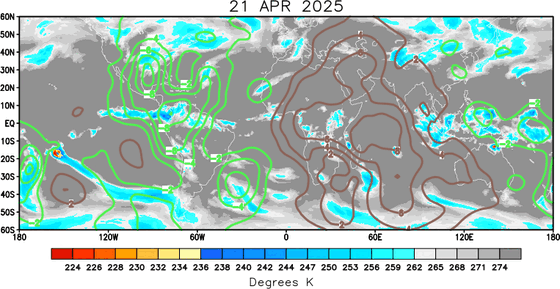



August origins:
Averages based on climatology for the Atlantic Basin through Aug. This season so far is - at most - half of average when looking just at pure numbers (3 named storms, 0 hurricanes vs. avg. of 6/2.

Wind shear:




Saharan dust spreads west each year from Africa by the prevailing winds (from east to west over the Atlantic). Dry air - yellow/orange/red/pink. Widespread dust is indicative of dry air that can impede the development of tropical cyclones. However, sometimes “wanna’ be” waves will just wait until they get to the other side of - or away from - the plume then try to develop if other conditions are favorable. In my personal opinion, way too much is made about the presence of Saharan dust & how it relates to tropical cyclones. In any case, we’ve had several large dust plumes spread west to the Caribbean & Gulf with the peak of Saharan dust typically in June & July.

2022 names..... “Danielle” is the next name on the Atlantic list (names are picked at random by the World Meteorological Organization... repeat every 6 years). Historic storms are retired [Florence & Michael in ’18... Dorian in ’19 & Laura, Eta & Iota in ‘20 & Ida in ‘21]). In fact, this year’s list of names is rather infamous with “Charley”, “Frances”, “Jeanne” & “Ivan” retired from the ‘04 list (all hit Fl.) & “Matthew” was retired in 2016. The WMO decided - beginning last year - that the Greek alphabet will be no longer used & instead there will be a supplemental list of names if the first list is exhausted (has only happened three times - 2005, 2020 & 2021). The naming of tropical cyclones began on a consistent basis in 1953. More on the history of naming tropical cyclones * here *.





East Atlantic:





Mid & upper level wind shear (enemy of tropical cyclones) analysis (CIMMS). The red lines indicate strong shear:
Water vapor imagery (dark blue indicates dry air):

Deep oceanic heat content over the Gulf, Caribbean & deep tropical Atlantic:

Sea surface temp. anomalies:


SE U.S. surface map:

Surface analysis centered on the tropical Atlantic:

Surface analysis of the Gulf:

Caribbean:

GFS wave forecast at 48 & 72 hours (2 & 3 days):
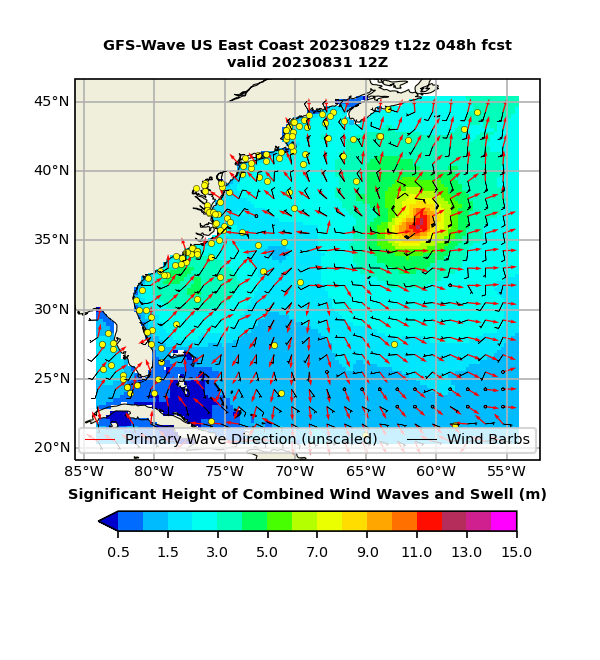

Atlantic Basin wave period forecast for 24, 48 & 72 hours respectively:




Updated Atlantic seasonal forecast from early Aug. - NOAA & CSU:
The East Pacific:


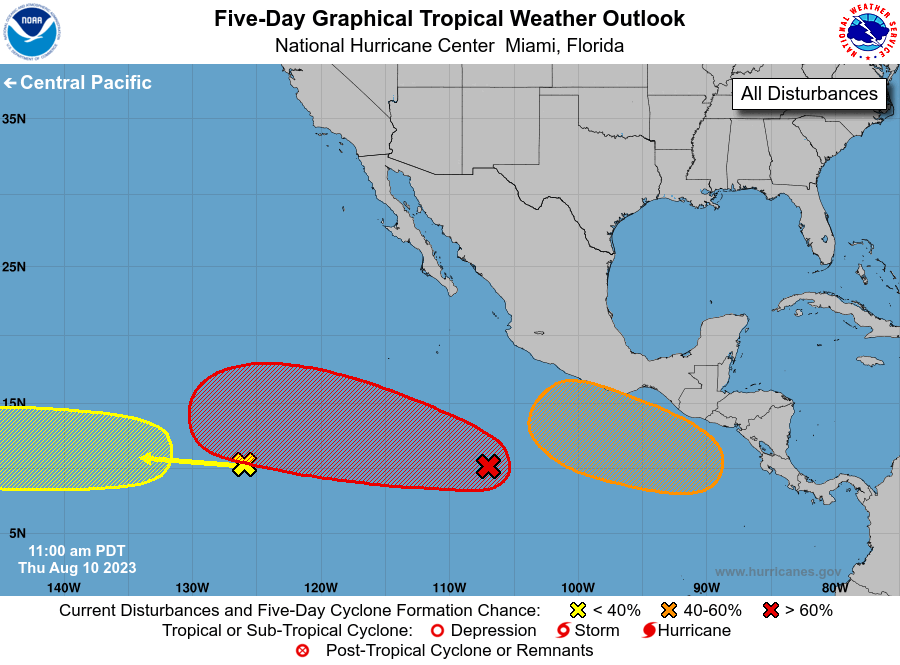
West Pacific:

Global tropical activity:

Super typhoon “Hinnamnor” is expected to stay east of Taiwan & south of most of Japan - except for some of the far southern islands - this week:


Tropical depression #13:

Cox Media Group

:quality(70)/cloudfront-us-east-1.images.arcpublishing.com/cmg/WW5AJL3ARQUGDQMAQUNSFX4CLE.jpg)

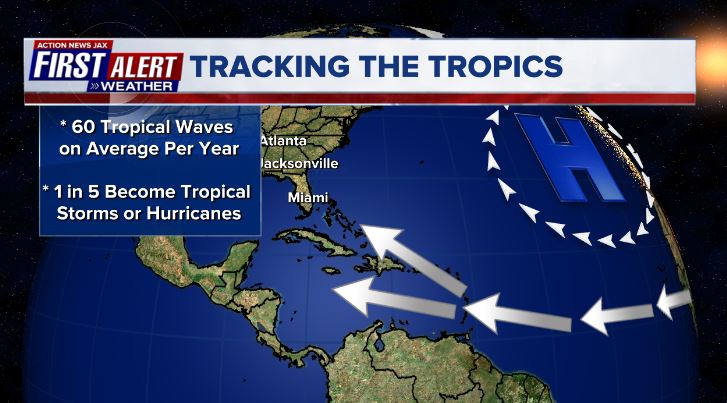
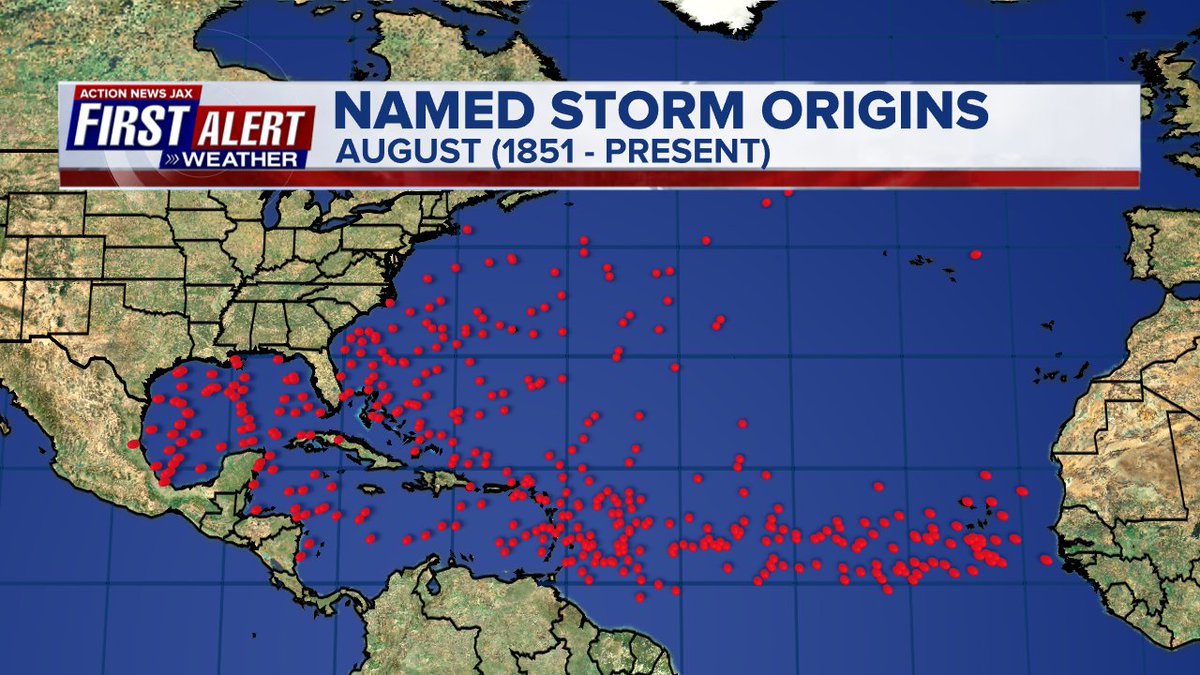
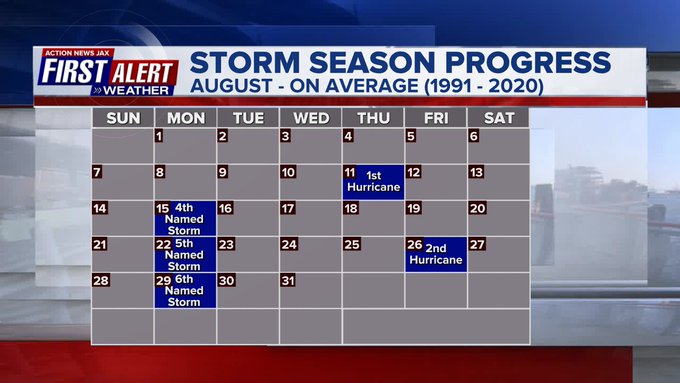
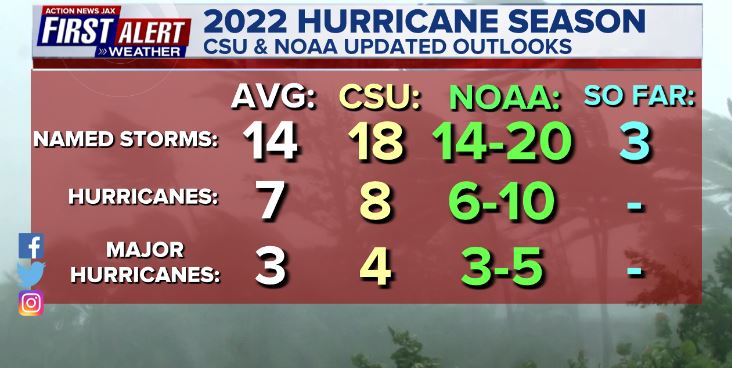
:quality(70)/cloudfront-us-east-1.images.arcpublishing.com/cmg/XLHJI6IFKJG67E36LG7FV5NK6E.jpg)
:quality(70)/cloudfront-us-east-1.images.arcpublishing.com/cmg/6YN72G4STFFCZICS32QBO7UKU4.png)
